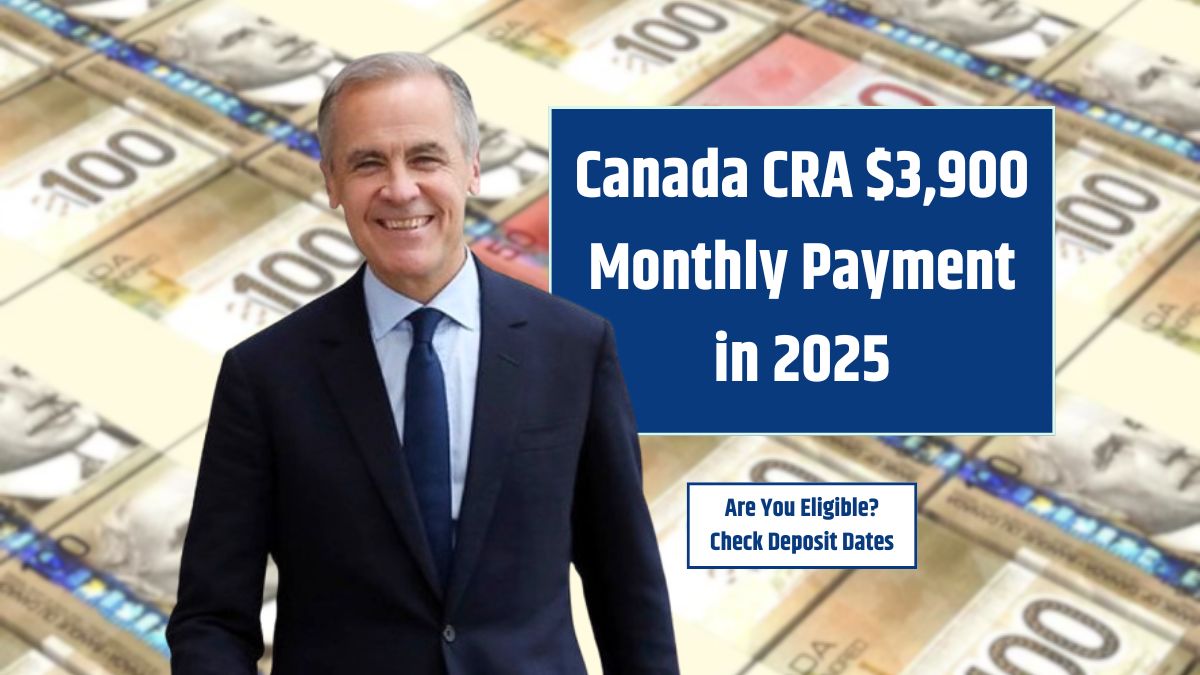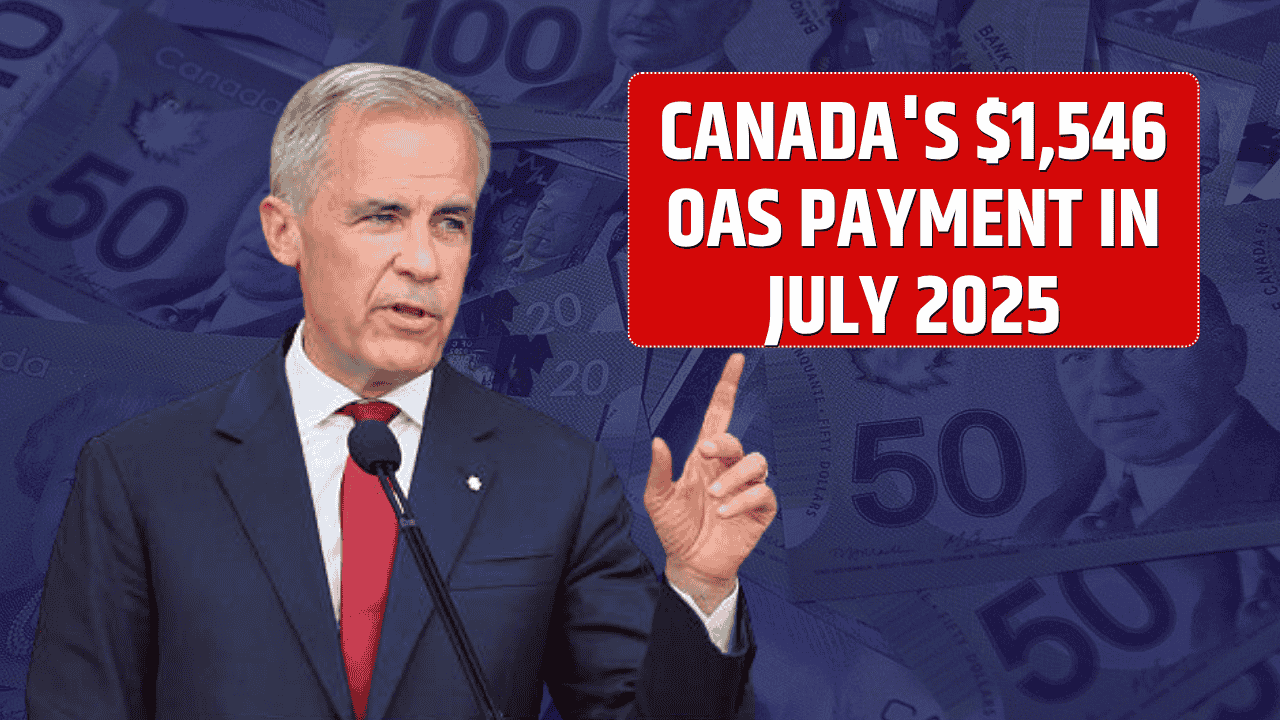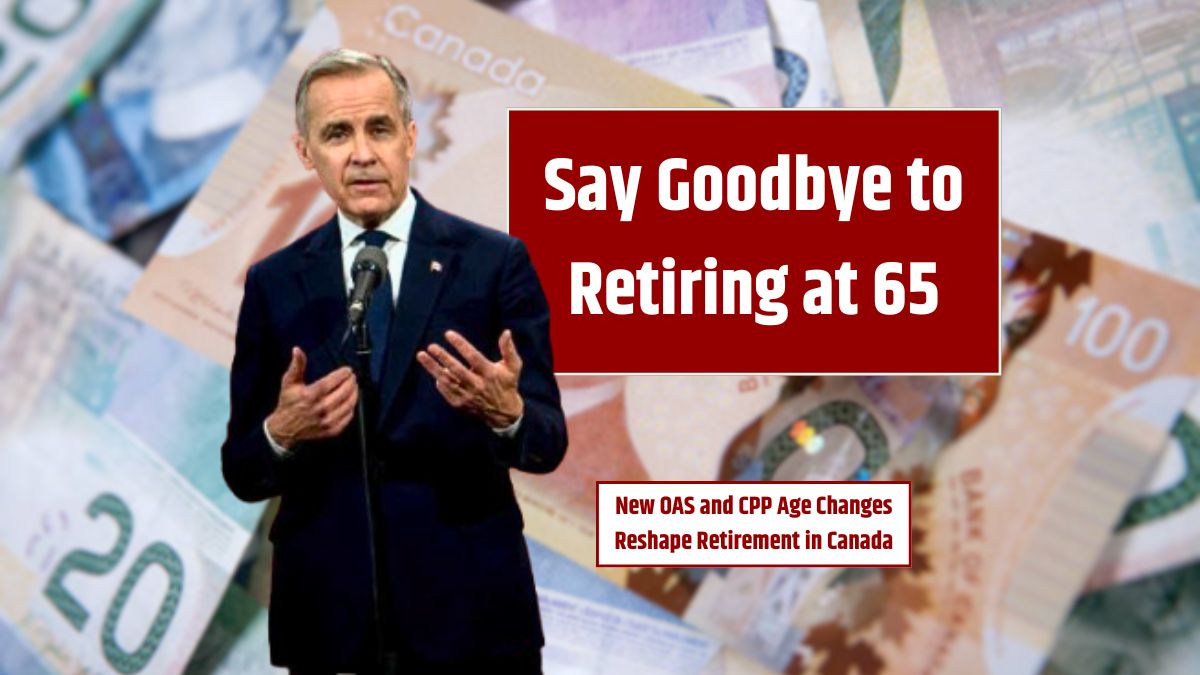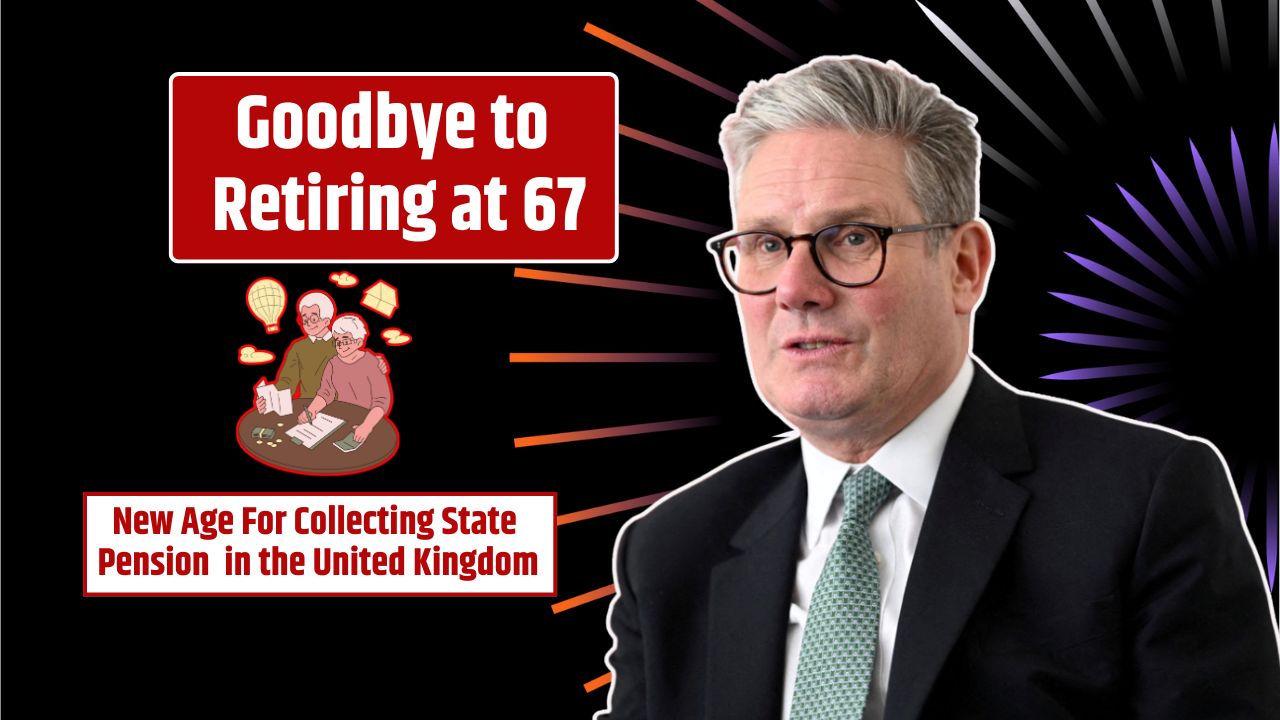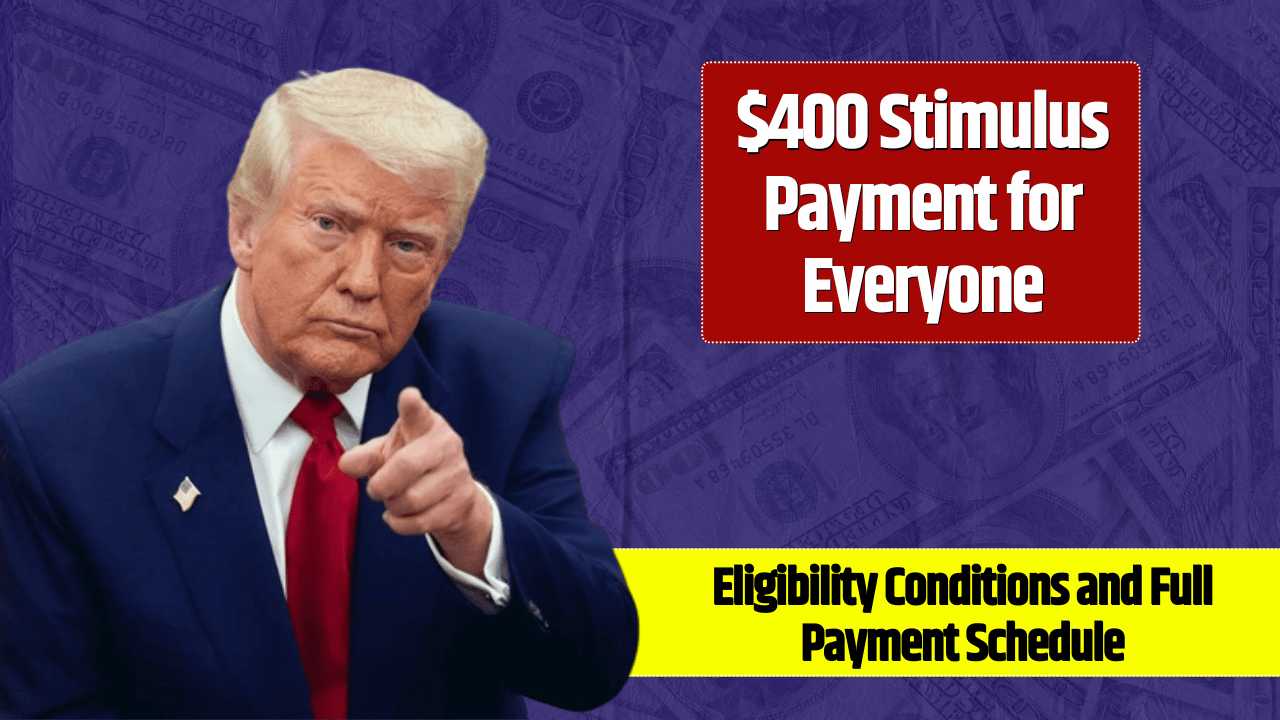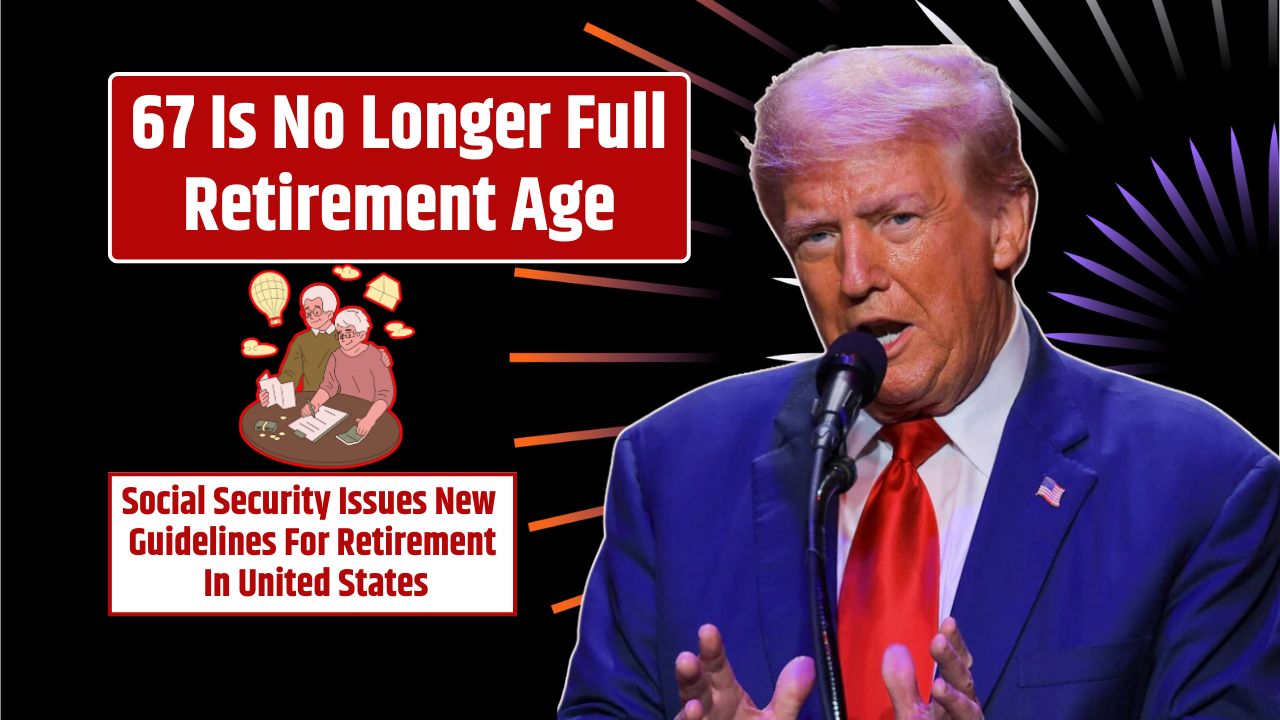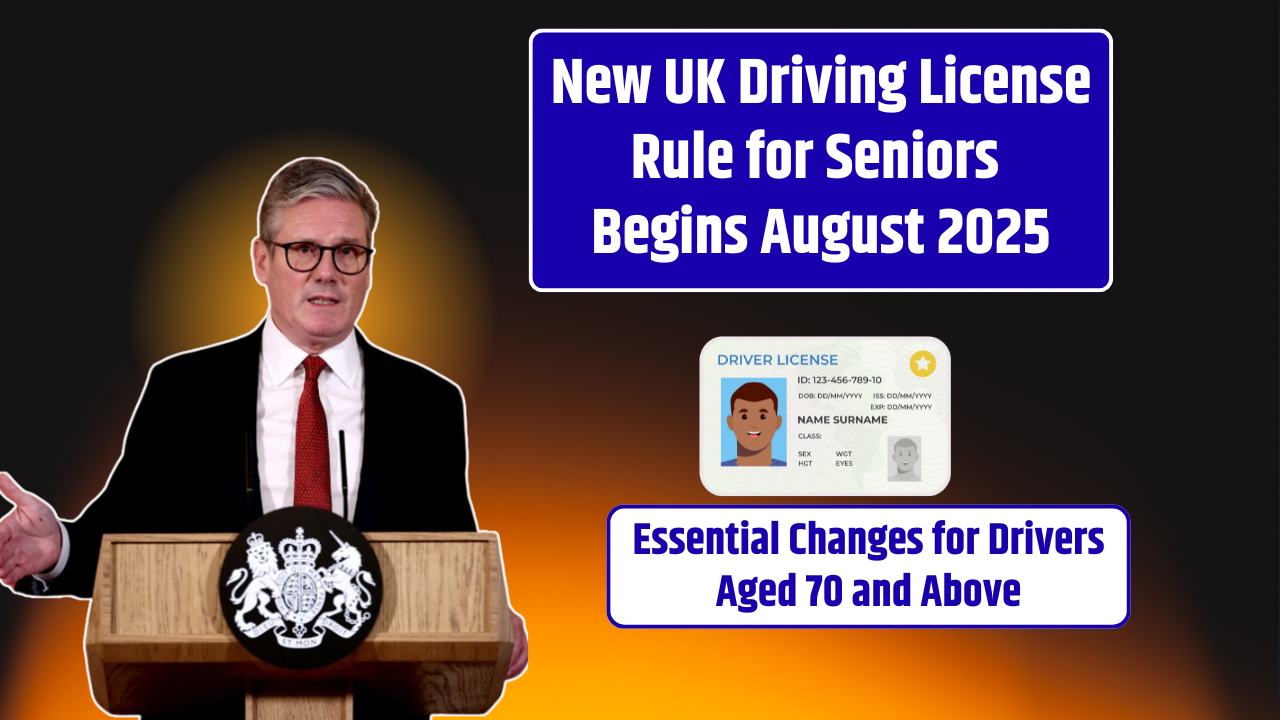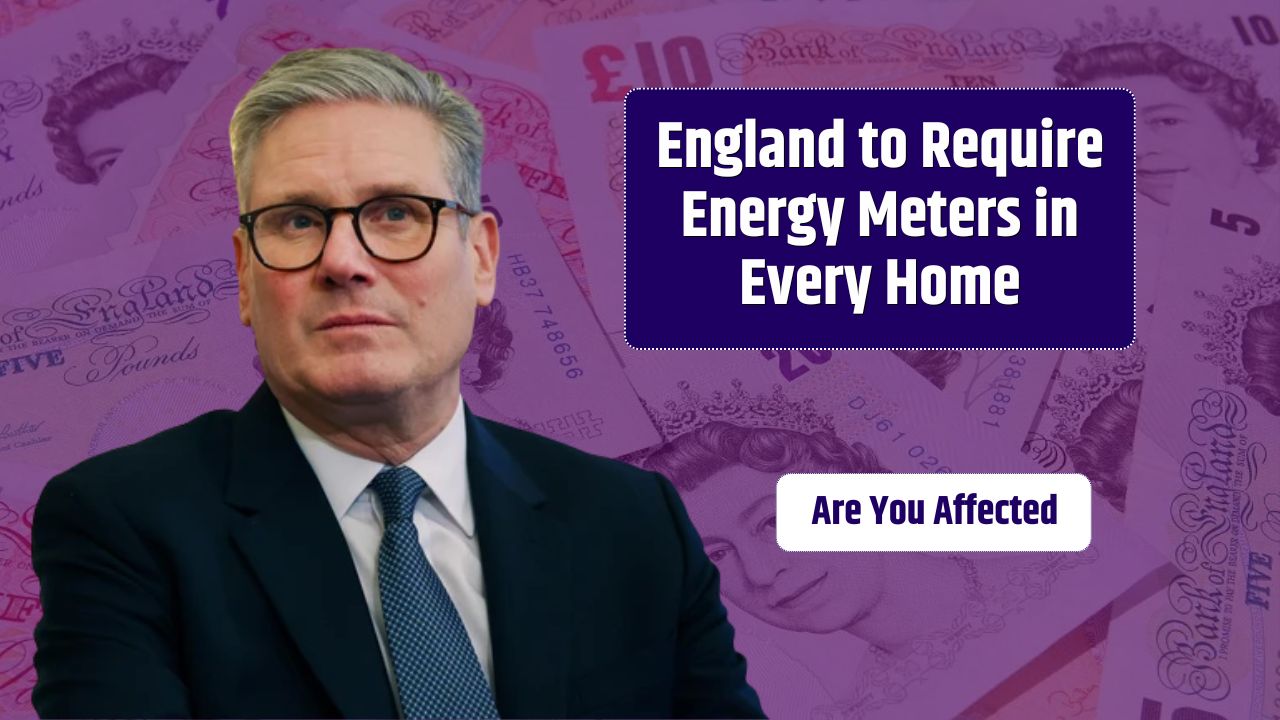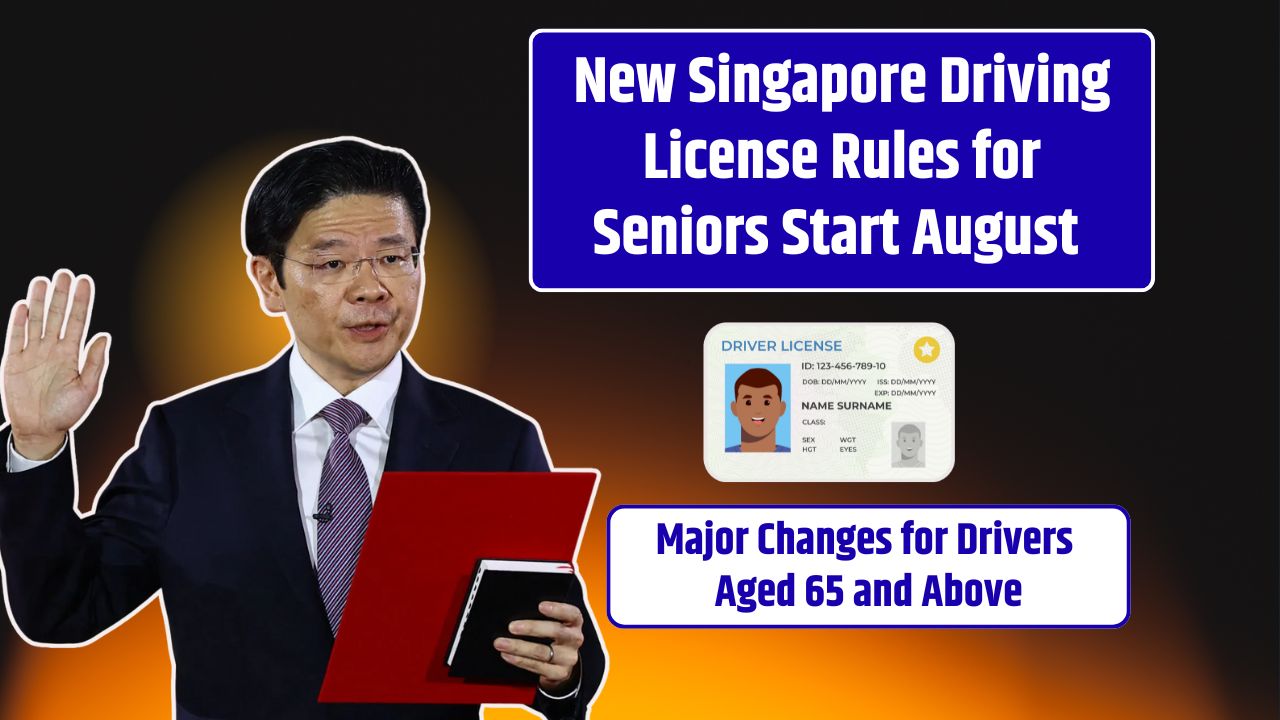A Theory of Change (ToC) is a powerful tool that helps government agencies and public programs clearly explain how their activities are expected to lead to desired outcomes. It’s a roadmap that connects what a program does to why it matters, making it easier to design, evaluate, and improve public initiatives.
In this simple guide, we’ll break down what a Theory of Change is, how to build one, and why it’s essential for effective government programs.
Table of Contents
What Is a Theory of Change?
A Theory of Change is a structured way to describe how a program or policy creates change. It outlines the logical steps—often visualized in a diagram—that show how activities lead to outputs, outcomes, and long-term impacts. It also identifies the assumptions and external conditions that must hold true for success.
It answers questions like:
- What problem are we solving?
- What activities are we doing?
- What short- and long-term changes do we expect?
- What conditions must exist for this to work?
Why Government Programs Need a Theory of Change
Government programs often involve complex systems, long timelines, and multiple stakeholders. A well-defined Theory of Change helps:
- Clarify goals and strategies
- Improve program design and logic
- Support evaluation and performance measurement
- Align teams and stakeholders around a shared vision
- Identify risks and critical assumptions
Federal agencies are increasingly using ToCs as part of evidence-building plans, grant program logic, and evaluation strategies in compliance with the Evidence Act and OMB guidance.
Core Components of a Theory of Change
| Component | Description |
|---|---|
| Inputs | Resources the program uses (e.g., funding, staff, partnerships) |
| Activities | Actions taken (e.g., training sessions, service delivery, outreach) |
| Outputs | Direct, measurable results of activities (e.g., number of people trained) |
| Outcomes | Short- to medium-term changes (e.g., increased skills, improved behavior) |
| Impacts | Long-term, sustained effects (e.g., lower poverty rates, better health) |
| Assumptions | Conditions believed to support success (e.g., participant engagement) |
| External Factors | Outside influences beyond the program’s control (e.g., economy, policy shifts) |
How to Create a Simple Theory of Change
Step 1: Define the Problem
Start with a clear statement of the issue your program aims to address. Use data to ground your understanding.
Example: Low high school graduation rates in low-income communities.
Step 2: Identify Long-Term Goals
What ultimate impact is your program trying to achieve?
Goal: Increase graduation rates and future job readiness.
Step 3: Map Backwards
Work backwards from the impact to define outcomes, outputs, and activities.
| Stage | Example |
|---|---|
| Impact | Higher graduation rates |
| Outcomes | Improved school attendance, stronger student support |
| Outputs | Tutoring sessions delivered, family engagement workshops held |
| Activities | Hire tutors, run parent workshops, provide student mentoring |
| Inputs | Federal funding, school staff, curriculum materials |
Step 4: Identify Assumptions
List what must be true for each step to succeed.
Example: Students will attend tutoring; parents are willing to participate.
Step 5: Consider External Factors
What could influence your outcomes that you can’t control?
Example: Economic conditions, district-wide policy changes, community violence.
Step 6: Create a Visual Map
Turn your logic into a flowchart or diagram. This helps stakeholders and evaluators see the full pathway from investment to impact.
Benefits of Using a Theory of Change
- Better Program Design: Helps clarify what works and what needs adjustment.
- Stronger Evaluation: Guides what to measure and when.
- Informed Funding Decisions: Helps justify budgets and resource allocations.
- Enhanced Communication: Makes it easier to explain the program to partners, funders, and the public.
Federal Evaluation Connection
Agencies such as the Department of Education, HHS, and USAID regularly require grantees and internal teams to develop Theories of Change as part of logic models or evaluation frameworks. This aligns with the OMB’s Evidence Capacity Guidance (M-20-12) and the Foundations for Evidence-Based Policymaking Act.
FAQs
Is a Theory of Change the same as a logic model?
They’re similar, but ToCs are usually more detailed and focus on why change happens. Logic models are more linear and focused on what happens.
Do I need special software to create a ToC?
No. Many use PowerPoint, Lucidchart, or even Word. The key is clarity, not complexity.
Can a ToC change over time?
Yes! It should be updated as you learn more from data and experience.






